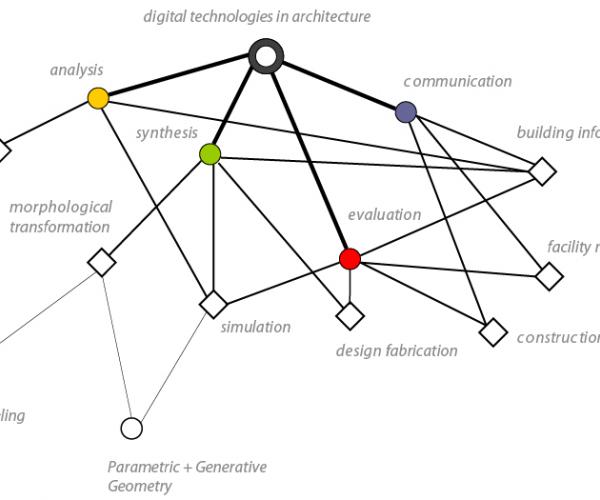Design Computing in Architecture
DETAILS
- Hyoung-June Park
- University of Hawaii at Manoa
- On-going
- Design Future(s) Lab
INFORMATIONS
New design artifacts are produced with creativity and intuition from interdisciplinary collaboration contextualized in a social matrix. The artifacts are expected to meet human needs as well as to improve the human experience. These upcoming challenges and the needs of our evolving society ask architecture students to establish design communication with other disciplines. Such communication requires scientific thinking that allows the students to 1) define problems, 2) construct hypotheses, 3) develop rules from analysis, 4) generate various representations as alternative solutions and 5) find a solution with evaluation criteria in the design process. With these processes, the students reach an optimized decision-making level to achieve an expected outcome from new design artifacts. Certainly, the necessary skills to realize the production of a design are the main focus of teaching materials, but these materials alone do not capture the core of design, particularly in architecture. The development of production skills is important; however, equally important is to understand architectural design as a process of establishing a design communication within the matrix of our society.
Our understanding of where we live
is not so philosophical but rather pragmatic
Understanding urban environment with quantifiable measures has been the source of debates
Well then becomes the one of heated discussions … now possiblly the one of main trends

